Table of Contents
Dissolved Oxygen (DO)
Dissolved Oxygen (DO) is a key parameter that measures the amount of oxygen dissolved in water. It is essential for the survival and growth of aerobic microorganisms.
The typical DO concentration in water ranges from 8 to 10 ppm. Proper DO levels ensure efficient biological degradation of organic matter. If DO is too low, anaerobic bacteria may dominate, affecting the treatment process and causing unpleasant odors.
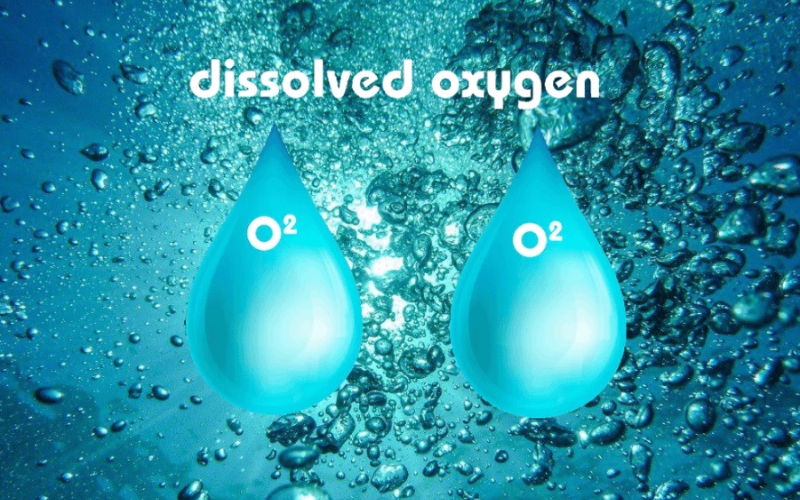
Monitoring DO helps optimize the performance of biological treatment systems and reduce the risk of secondary pollution.
Biochemical Oxygen Demand (BOD)
Biochemical Oxygen Demand (BOD) measures the amount of oxygen required by microorganisms to break down organic matter in water over a specific period.
BOD indicates the level of organic pollution in wastewater. High BOD levels are common in domestic wastewater, food industry wastewater, agricultural processing wastewater, and other types of wastewater with high levels of biodegradable organic matter.
A higher BOD value indicates greater organic pollution and requires an appropriate treatment system. Reducing BOD after treatment is a sign that the wastewater has been properly cleaned before discharge.
>>> Read more: How to treat BOD in wastewater?
Chemical Oxygen Demand (COD)
Chemical Oxygen Demand (COD) measures the amount of oxygen needed to oxidize organic and inorganic substances in water. It is one of the most important parameters used to assess the pollution level of wastewater.
During this process, substances such as hydrocarbons, nitrogen-containing compounds, sulfur compounds, and heavy metals can contribute to increased COD levels.
COD is often used to measure the total amount of pollutants, including those that are difficult to biodegrade. According to the National Technical Regulation on Industrial Wastewater (QCVN 24:2009 BTNMT), the maximum allowable COD level for industrial wastewater before discharge is 100 mg/L.
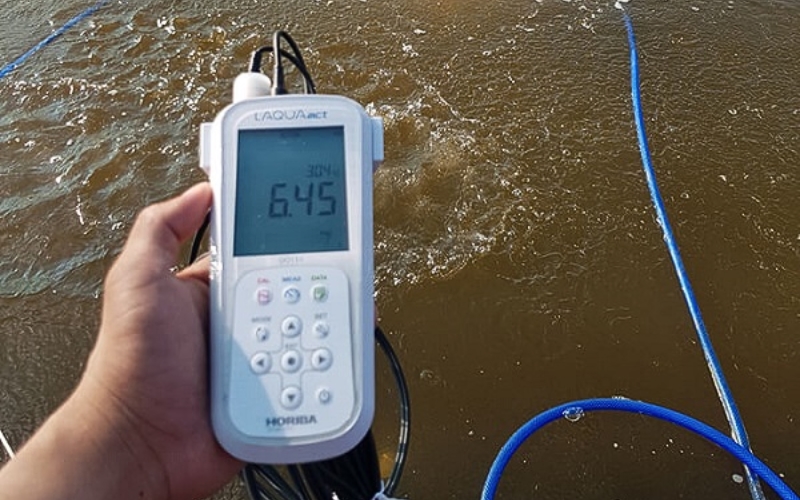
Reducing COD ensures that wastewater has been adequately treated and does not negatively impact the receiving water source.
Total Suspended Solids (TSS)
Total Suspended Solids (TSS) refers to the total amount of suspended solids in water, including soil, sludge, and organic particles.
Suspended solids cause turbidity in water. The characteristics of these small particles, such as size, density, and flow rate, affect their settling ability.

High TSS levels (above 100 mg/L) can severely impact aquatic ecosystems. Exceeding the allowed limits causes water to become cloudy, reducing light penetration and affecting photosynthesis in aquatic plants.
This leads to reduced dissolved oxygen levels, making it difficult for oxygen-dependent organisms like fish and shrimp to breathe. Additionally, TSS can carry heavy metals and other pollutants, increasing toxicity and threatening aquatic life.
To control TSS, wastewater treatment systems often use preliminary sedimentation and mechanical filtration to remove suspended solids. Sedimentation tanks and filters help separate most TSS from the water before discharge.
Using coagulants and flocculants is also an effective method to aggregate small particles into larger flocs, which settle more easily.
Controlling TSS reduces turbidity, improves water quality, protects machinery, and meets environmental standards.
Oils and Fats
Oils and fats are non-water-soluble substances such as vegetable or animal oils. They appear frequently in domestic and industrial wastewater.
Oils and fats can cause various problems in wastewater treatment systems, such as clogging pipes or affecting the activity of microorganisms and equipment in the system.
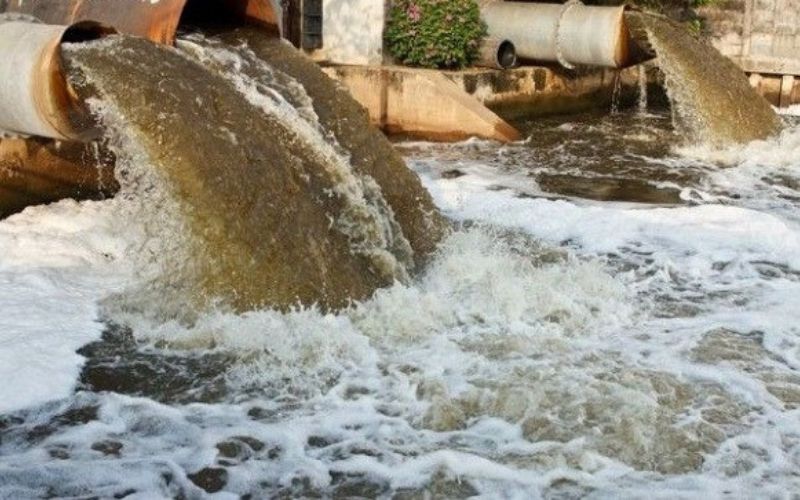
According to QCVN 14:2008/BTNMT (National Technical Regulation on Domestic Wastewater), the oil and fat content has different limits depending on the type of wastewater:
- For wastewater discharged into water sources used for drinking water: the maximum allowable limit for oil and fat is 5 mg/L.
- For wastewater discharged into water sources not used for drinking water: the maximum allowable limit is 10 mg/L.
Oil and fat separation tanks are an effective solution to control this parameter, helping protect the system and improve treatment efficiency.
Nitrogen
Nitrogen exists in various forms such as ammonia (NH3), nitrate (NO3-), and nitrite (NO2-). It is commonly found in domestic wastewater. If not properly treated, nitrogen can pollute water sources and lead to eutrophication.
Phosphorus
Phosphorus is an essential nutrient for bacterial growth, but excessive amounts can cause environmental pollution and lead to toxic algae blooms. High phosphorus levels promote algal growth, so controlling phosphorus in wastewater helps prevent eutrophication.
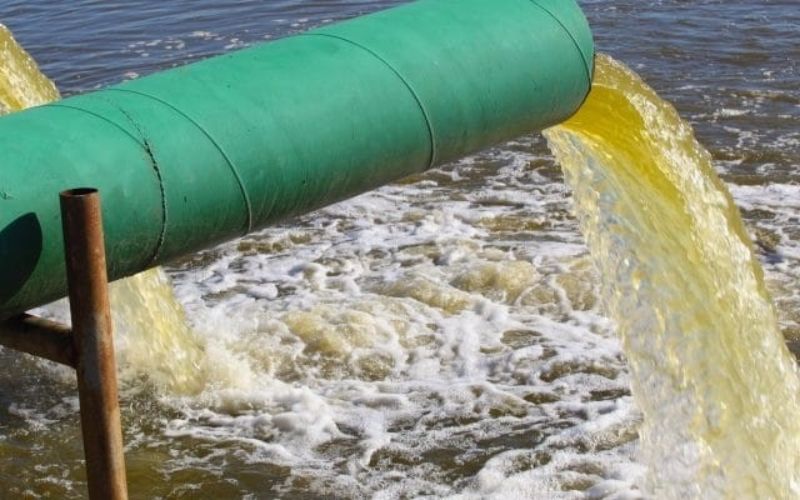
Wastewater rich in phosphorus can cause eutrophication, disrupting the ecological balance and degrading water quality. Therefore, it is necessary to thoroughly treat phosphorus to protect water sources and prevent long-term pollution.
Turbidity
Turbidity occurs when there are suspended particles in wastewater, such as sand, silt, mud, microorganisms, and insoluble organic and inorganic particles. These particles scatter light, making the water appear cloudy.
According to the National Technical Regulation on Drinking Water Quality, the turbidity limit is 2 NTU (Nephelometric Turbidity Unit).
High turbidity hinders disinfection processes and affects the aesthetics of the treated water. It also interferes with disinfection. Reducing turbidity improves water quality and enhances the effectiveness of the disinfection process.
To treat turbid water, common methods include preliminary sedimentation to remove suspended particles, sand filtration, or membrane filtration to remove fine impurities. Using coagulants and flocculants helps agglomerate fine particles into larger flocs, which are easier to remove.
>>> Learn more: PAC coagulant helps settle suspended particles
Color
Wastewater color is usually caused by organic matter or dyes from industries. Wastewater from industries such as dyeing and printing often has a strong color. Color in water not only causes unsightliness but also contains harmful substances that affect the quality of the receiving water source.
According to the National Technical Regulation (QCVN 01:2009/BYT):
- QCVN 01:2009/BYT on Drinking Water Quality: This regulation does not specify a particular color standard for drinking water. However, drinking water must be clear and free from unusual colors to ensure safety and sensory quality for consumers.
- QCVN 40:2011/BTNMT on Industrial Wastewater: For industrial wastewater, the color standard depends on whether it falls under Column A or B:
- Column A (wastewater discharged into water sources used for drinking water): Maximum allowable color is 50 Pt-Co.
- Column B (wastewater discharged into water sources not used for drinking water): Maximum allowable color is 150 Pt-Co.
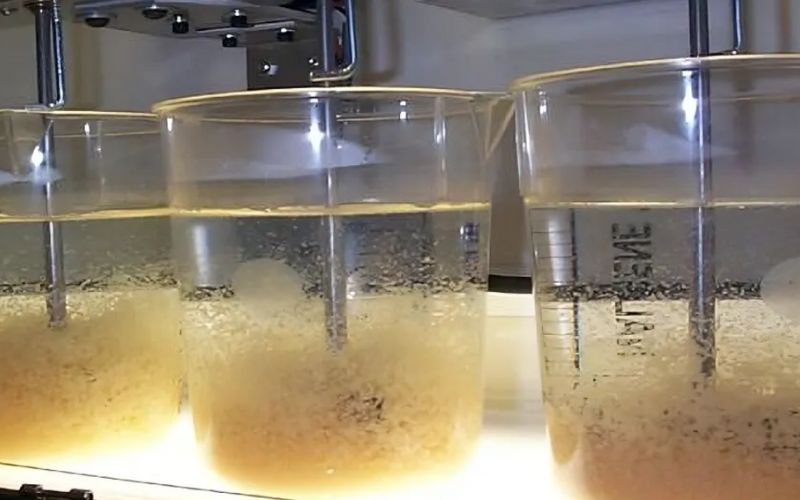
Using color removal systems or special chemicals helps effectively eliminate color. Specialized color treatment systems ensure better quality of the final effluent.
pH
pH measures the acidity or alkalinity of water on a scale from 0 to 14. Research shows that microorganisms in wastewater treatment systems thrive best in a pH range of 6.5 to 8.5. To ensure optimal treatment efficiency, wastewater is typically maintained at a near-neutral pH, around 6.8 to 7.2.
Wastewater with a pH that is too low or too high can harm the ecosystem and environment. Maintaining a neutral pH helps optimize the efficiency of both biological and chemical processes.
>>> Learn more: How to test the pH of water accurately and simply at home
Temperature
Temperature is an important parameter to monitor when assessing wastewater parameters. Temperature affects the rate of chemical reactions and the activity of microorganisms during the treatment process.
The normal temperature of water is between 20°C and 30°C to ensure that microorganisms function efficiently during treatment. Water that is too hot or too cold can disrupt microbial activity.
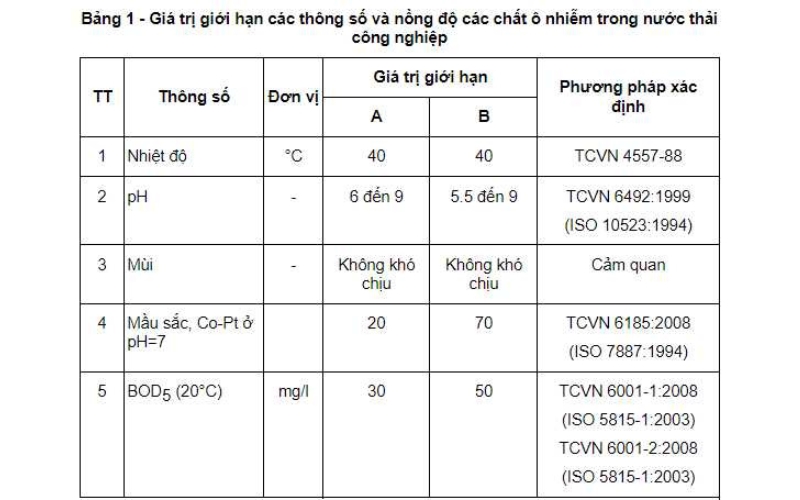
Checking the temperature helps evaluate the thermal conditions of the wastewater and its impact on treatment efficiency. Typically, temperature is measured after the wastewater has passed through the treatment system.
Salinity
Salinity is a parameter used to assess the amount of dissolved salts in wastewater. High salt concentrations in wastewater can affect the biological treatment process and harm the natural environment.
Industries such as food and aquaculture need to carefully control salinity. Reducing salinity helps protect the environment and optimize biological processes.
Electrical Conductivity (EC)
Electrical Conductivity (EC) indicates the ability of water to conduct electricity and is directly related to the concentration of dissolved ions. This parameter is measured in microsiemens per centimeter (µS/cm).
Pure water has almost no conductivity, with an EC close to zero. However, when water comes into contact with the environment and dissolves various substances, it forms an electrolyte solution and increases its conductivity.
Monitoring electrical conductivity helps detect the presence of inorganic pollutants in wastewater and assess the effectiveness of the treatment process. Therefore, monitoring this parameter is essential to ensure that wastewater meets standards before being discharged into the environment.
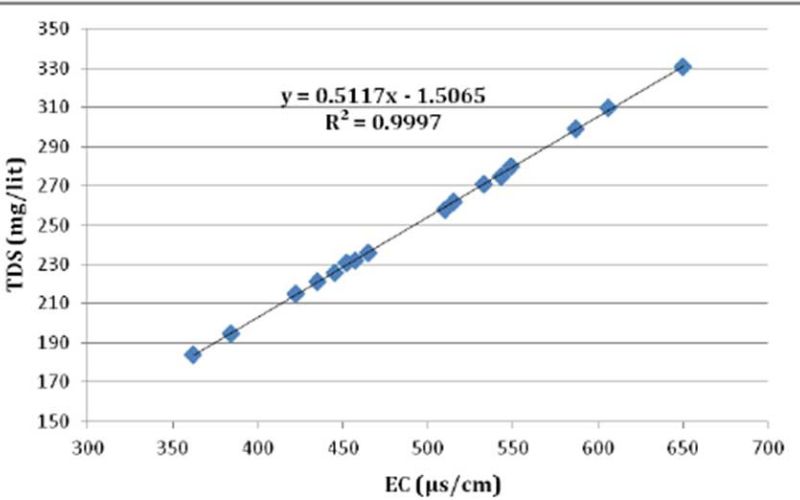
Controlling and monitoring the key parameters in wastewater treatment is essential for ensuring environmental safety and protecting human health. Song Phung Water Industry Equipment is always here to support businesses in optimizing the wastewater treatment process and ensuring quality standards. Contact us today for expert advice on the most effective wastewater treatment solutions!
>>> You might be interested in: Common bacterial cultures used in wastewater treatment
Ferro silicon alloy lump,Ferro silicon alloy 75,ferro silicon ball,fesi ball 72,ferro silicon briquette
ANYANG TIEFA METALLURGY CO.,LTD , https://www.ferroalloytiefa.com